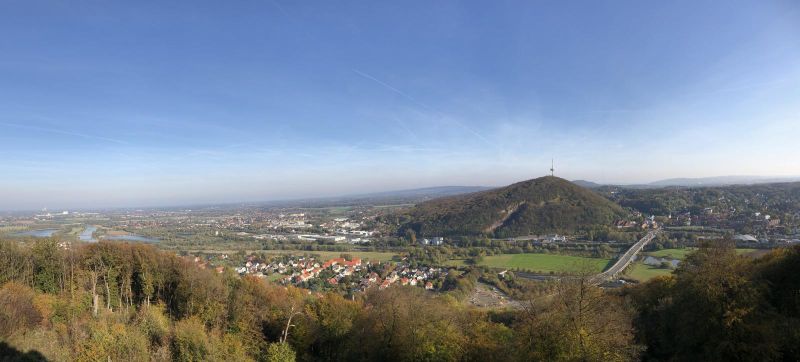Tales from the hills. The fate of Polish forced labourers at Porta Westfalica 1944/45
Mediathek Sorted






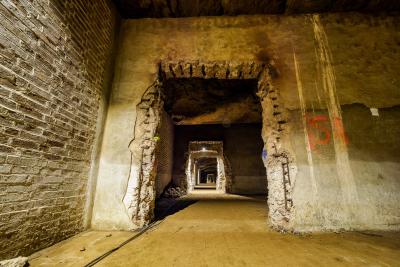
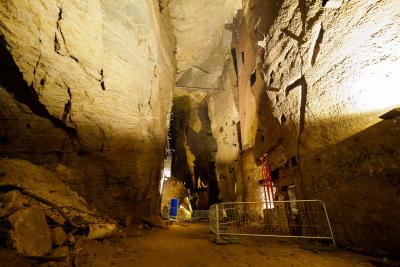

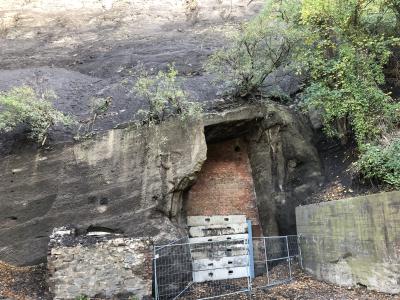

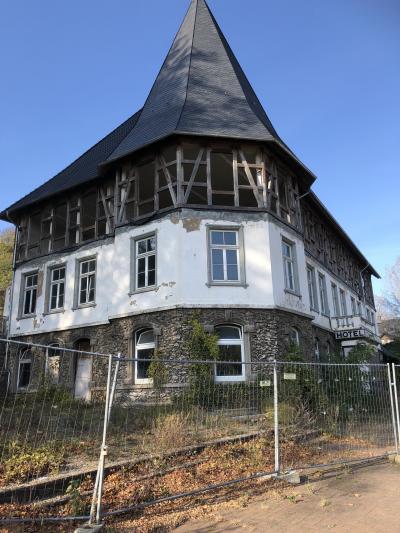

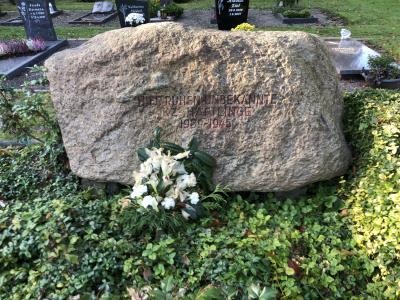

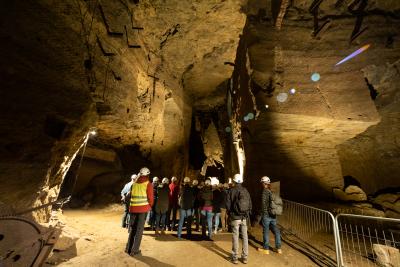

From around 2005/2006, Porta Westfalica was repeatedly contacted by people asking why no further efforts were being made to support a local culture of remembrance. The town responded in 2009 by deciding to create the KZ-Gedenk- und Dokumentationsstätte Porta Westfalica e. V., of which it is a founding member following a council resolution. Since then, work has continued on investigating and integrating the town’s National Socialist history and on promoting a culture of remembrance. Working groups were established within the association, “stumbling stones” (“Stolpersteine”) in which the names of victims were engraved were laid in the pavements and information panels were erected along a memorial path.[67] However, work actively being conducted by the association to keep the memory of what happened alive is of far greater importance. As well as regular walking tours to the satellite camps at Porta Westfalica and guided tours through the former “Dachs I” underground production site (Fig. 14 ), which attract a great deal of interest and which are always fully booked, the association is also working in the longer term to open a memorial site in the town. Currently, research into the satellite camps at the Porta is being funded by the local Westphalia-Lippe culture foundation (LWL-Kulturstiftung) for a period of four years. Thomas Lange is grateful, saying that this is “a major gift”[68], since funding is the basis for the further development of the association’s work, and makes the creation of an exhibition, an online documentation resource and the memorial site possible.
Another reason why further research is so important is that the knowledge obtained about the camps at the Porta to date has mainly come from the reports and recollections of former prisoners.[69] At the same time, however, there is much that still remains unknown. In my research, too, I have repeatedly come across elements that have still not been fully clarified. The indeterminable number of Polish forced labourers and the unknown number of fatalities overall at the Porta are just two of the many questions that are yet unanswered.
In the words of Pierre Bleton, “Not wanting to know is unconditional capitulation”[70]. It leads us to reflect, 75 years after the end of the Second World War, on what contribution can be made by working to support a culture of remembrance. This is one of the difficult questions to which Thomas Lange provided an answer in our interview:
“What he [Pierre Bleton; author’s note] I think meant is that we have given up, as it were, if we simply don’t talk about certain things, if there are certain things that we simply don’t want to remember. (...) Exclusion between people always follows the same pattern. Whether it’s Jews that are excluded, or Muslims, or the disabled, or homosexuals (...) this must never happen again, because it leads precisely to the situation that ended in catastrophe in 1933-1945 (...) – that’s a level of escalation that I’m attempting to prevent in the long term by continuing, time and again, to talk about how such mechanisms and connecting factors work. That’s why I really do believe that not wanting to know is unconditional capitulation; in other words, capitulation to those who don’t see things that way is indeed right, important and true, and that it is probably just as relevant today as it was in the 1960s, when Pierre Bleton wrote the book”.[71]
Precisely for these reasons, it is particularly important to be able to present an account of what happened that is based on facts, and above all, to be able to clarify who was forced to work, where, under what conditions and to what extent. For Thomas Lange, the future orientation of the association is therefore very clear: “For us, this means that remembrance by no means refers just to the past, but is also always directed towards the future”.[72]
In light of the increasing disappearance of newspapers and the distance in time from the events of that period, any further research and discussion of Germany’s National Socialist past is a task that is oriented to the present and future, and which makes an important contribution towards ensuring that neither the crimes committed by the National Socialists nor the fate of the forced labourers from all countries are forgotten.
Natalia Kubiak, March 2020
Finally, my special thanks go to Thomas Lange, historian and managing director of KZ-Gedenk- und Dokumentationsstätte Porta Westfalica e. V., for his help with regard to all subject-related questions and for the productive collaboration.
My thanks also to Susanne Sieker and Jörg Bambach from the Porta Westfalica town archive, and to Vinzenz Lübben from the municipal and district archive in Minden for their support for my research and for providing access to documents.
[67] See KZ-Gedenk- und Dokumentationsstätte Porta Westfalica: Projekte, in: https://www.gedenkstaette-porta.de/?page_id=715, last accessed on 18/2/2020.
[68] Lange, Thomas: Interview dated 18/12/2019, Porta Westfalica 2019.
[69] See Bleton, Pierre: Das Leben ist schön! – Überlebensstrategien eines Häftlings im KZ Porta; see Kielar, Wiesław: Anus Mundi. Fünf Jahre Auschwitz; see Kieler, Jørgen: Dänischer Widerstand gegen den Nationalsozialismus. Ein Zeitzeuge berichtet über die Geschichte der dänischen Widerstandsbewegung 1940–1945.
[70] See Bleton, Pierre.
[71] Lange, Thomas: Interview dated 18/12/2019, Porta Westfalica 2019.
[72] Lange, Thomas: Interview dated 18/12/2019, Porta Westfalica 2019.





















































































